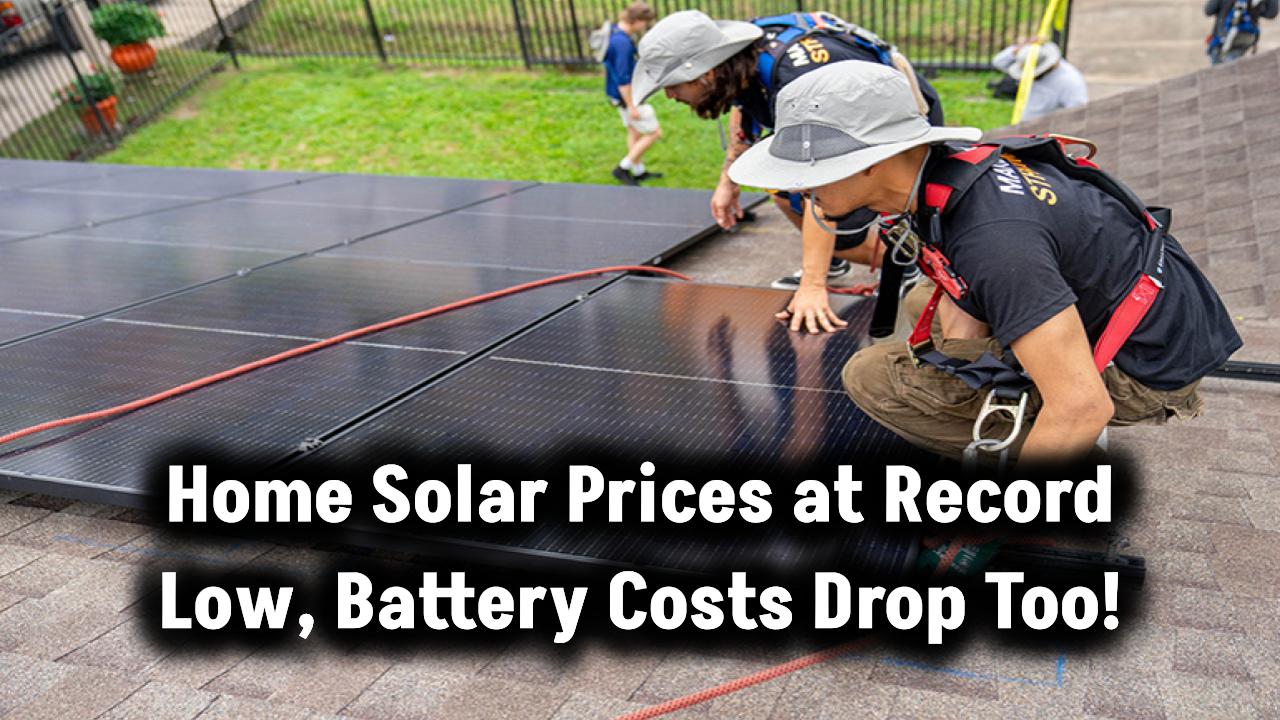As the world embraces clean energy, the United States is empowering individuals and businesses to transition to solar power through significant financial incentives. At the heart of this movement is the Solar Investment Tax Credit (ITC)—a federal tax credit that substantially lowers the cost of going solar. With enhancements made under the Inflation Reduction Act (IRA) of 2022, the ITC is now more valuable and accessible than ever.
This comprehensive guide explains what the ITC is, how it works, who qualifies, how to apply, and what to expect in the future.

The Solar Investment Tax Credit (ITC) is a powerful incentive to accelerate the adoption of clean, sustainable energy across the United States. Whether you’re a homeowner trying to save money or a business seeking to reduce your carbon footprint, the ITC provides meaningful financial and environmental returns.
With the 30% credit locked in until 2032 and new inclusions like standalone storage, there has never been a better time to go solar.
What is the Solar Investment Tax Credit (ITC)?
The ITC allows taxpayers to deduct a percentage of the cost of installing a solar photovoltaic (PV) system from their federal income taxes. It was originally enacted in 2006 and has since become one of the most successful federal policies to promote solar energy adoption.
Recent Changes Under the Inflation Reduction Act (2022)
- 30% tax credit for solar systems installed between 2022 and 2032.
- The credit steps down to 26% in 2033 and 22% in 2034.
- Systems installed in 2022 are eligible for the retroactive increase to 30% if the credit hasn’t already been claimed.
- Energy storage systems (≥ 3 kWh) are now eligible—even standalone units.
Types of Systems That Qualify
The ITC covers a wide range of solar energy setups, including:
- Residential rooftop solar systems
- Ground-mounted solar installations
- Off-grid solar systems
- Solar plus storage systems
- Standalone battery storage (newly included if 3 kWh+ capacity)
Who is Eligible for the ITC?
- Homeowners (primary or secondary U.S. residence)
- Businesses and commercial building owners
- Manufacturers (via related credits like MPTC)
- Systems must be:
- New or first-time use
- Owned, not leased
- Installed in the United States
Benefits of the ITC
Financial
- Reduces upfront installation costs by up to 30%
- Saves homeowners around $7,500+ on average
- Long-term energy bill savings—~$9,000 over the life of the system
Environmental
- Promotes clean, renewable energy
- Reduces greenhouse gas emissions
- Encourages energy independence
How to Apply for the ITC
For Homeowners:
- Install your solar PV system and retain all documentation.
- File IRS Form 5695 when submitting your tax return.
- Transfer the credit to IRS Form 1040.
For Businesses:
- Use IRS Form 3468 (Investment Credit).
Pro Tip: Consult a tax advisor to ensure accuracy and maximize your benefit.
Common Misconceptions About the ITC
| Misconception | Reality |
|---|---|
| “I have to own my home to qualify.” | You only need to own the solar system, not necessarily the home. |
| “Leased solar systems qualify.” | Only purchased systems are eligible. |
| “The ITC is a refund.” | It’s a credit, not a refund. It reduces what you owe on federal taxes. |
Real-Life Example: Meet Sarah from Arizona
Sarah installed a solar PV system for $25,000 in 2023. Under the 30% ITC, she’s eligible for a $7,500 tax credit. Her electricity bills dropped by 60%, and over 20 years, she’s expected to save about $11,000. She also added a 10 kWh battery system—qualifying for an additional credit under the same ITC.
What About Other Incentives?
Many states and utilities offer additional incentives:
- State tax credits (e.g., California, New York, Massachusetts)
- Performance-based incentives
- Net metering programs
- Sales and property tax exemptions
Check with your state energy office or utility provider for local incentives.
Future of the ITC and Clean Energy
The extension of the ITC until 2034 reflects a strong federal commitment to renewable energy. It also aligns with broader climate goals to reach net-zero emissions by 2050. Expect to see:
- Continued innovation in solar + storage
- More affordable installation costs
- A growing job market in clean energy sectors
Frequently Asked Questions (FAQ)
Can I roll over unused credits to the next year?
Yes, you can carry forward unused tax credits to future tax years.
Is the ITC refundable?
No, it reduces your tax liability but won’t result in a direct refund beyond what you owe.
Can rental property owners claim the ITC?
Yes, but only through the business ITC, not the residential one.








